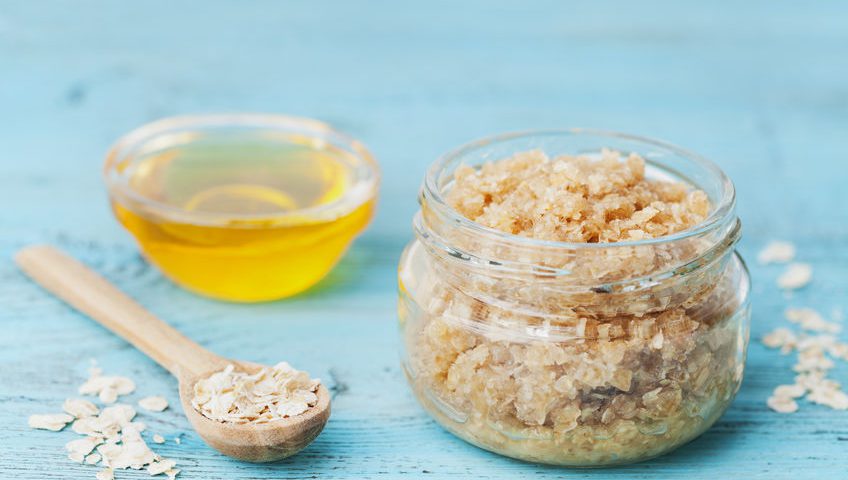By Priscilla Taylor
The American Academy of Dermatology (AAD) offers a skin-specific definition of exfoliation: Exfoliation is the process of removing the topmost layer of dead skin cells1. According to the AAD, this process offers multiple benefits:
- Exfoliation can leave the skin looking brighter
- It can improve the effectiveness of topical skin treatments, which are able to penetrate deeper once the topmost layer of skin is removed
- Long term use can increase collagen production resulting in younger looking skin
Various methods can accomplish exfoliation, which can be categorized either as mechanical or chemical.
Mechanical exfoliation
Mechanical means can employ the use of tools such as brushes, pumice stones or electronic devices, or products that are formulated with abrasives. When considering an abrasive for development of an exfoliating product, the formulator has a wide array of options from which to choose.
Typically the type of abrasive selected will depend on the body part being targeted. Coarser, more aggressive materials are generally used in products meant for the body, while options that deliver a more gentle effect are reserved for facial applications.
Structure and particle size should also be a consideration in the selection process. Sugar and salts, such as magnesium sulfate and sodium chloride, are used extensively as exfoliants, as are the grounded pits and shells of various fruits and nuts.
Powders derived from walnut, almond and apricot are commercially available in different particle sizes.
An added benefit of using these exfoliants is that they can fully support an ‘all natural’ marketing claim. Hydrated Silica is yet another natural abrasive that is often used in exfoliating products.
Alternatives to polyethylene-based exfoliants have become more commonplace within the industry, since a ban was placed on the manufacture and use of plastic micro-beads. These polyethylene-free products fall within different chemical classes and are often marketed as eco-friendly, biodegradable and natural.
Chemical exfoliation
Exfoliation by chemical means is often achieved with the use of alpha-hydroxy acids (AHAs), glycolic and lactic acids being the most commonly used in cosmetic products. These AHAs are potent and effective exfoliants that are frequently used to substantiate anti-aging claims.
Given their potency, guidelines have been issued for their appropriate use in OTC products and professional settings. The Cosmetic Ingredient Review conducted a comprehensive review, and published the results in the report ‘Safety Assessment of Alpha Hydroxy Acids as Used in Cosmetics’2. Further guidance is available from the FDA’s document, ‘Guidance for Industry: Labeling for Cosmetics Containing Alpha Hydroxy Acids’3.
Exfoliants can be incorporated into multiple product categories. Soap bars, scrubs, creams, cleansers and serums are but a few of the product forms. Whether by chemical or mechanical means, when used properly, an exfoliating product can have a beneficial effect on the overall appearance of skin.
Learn more about skin care topics in the Prospector Knowledge Center. To receive additional articles bi-monthly, sign up for free access to the Prospector material search engine and newsletter.
References:

